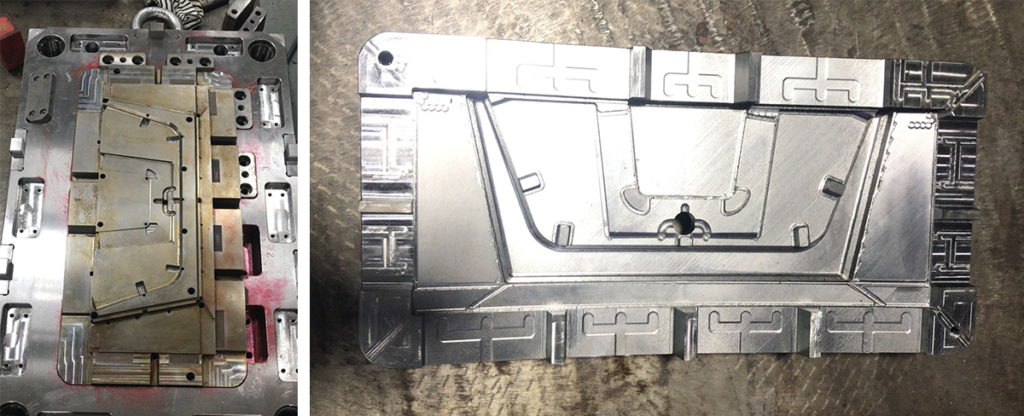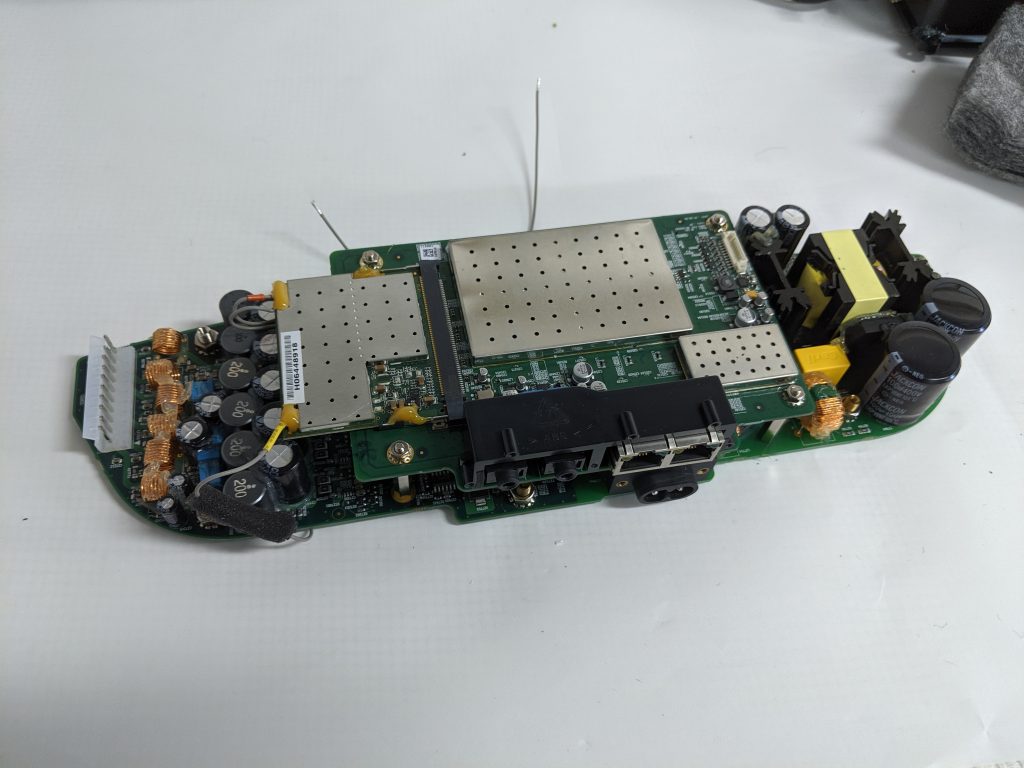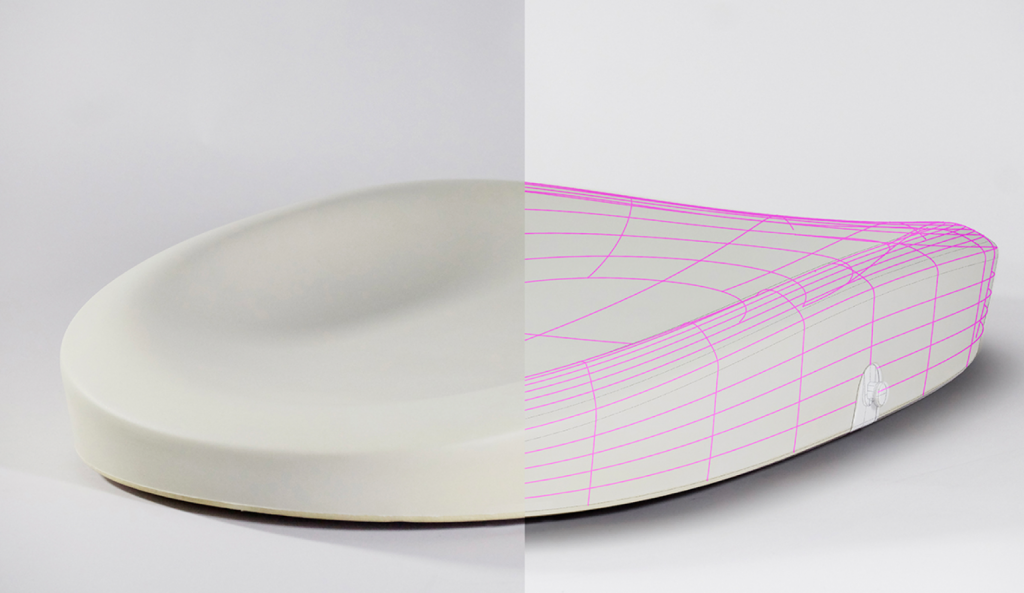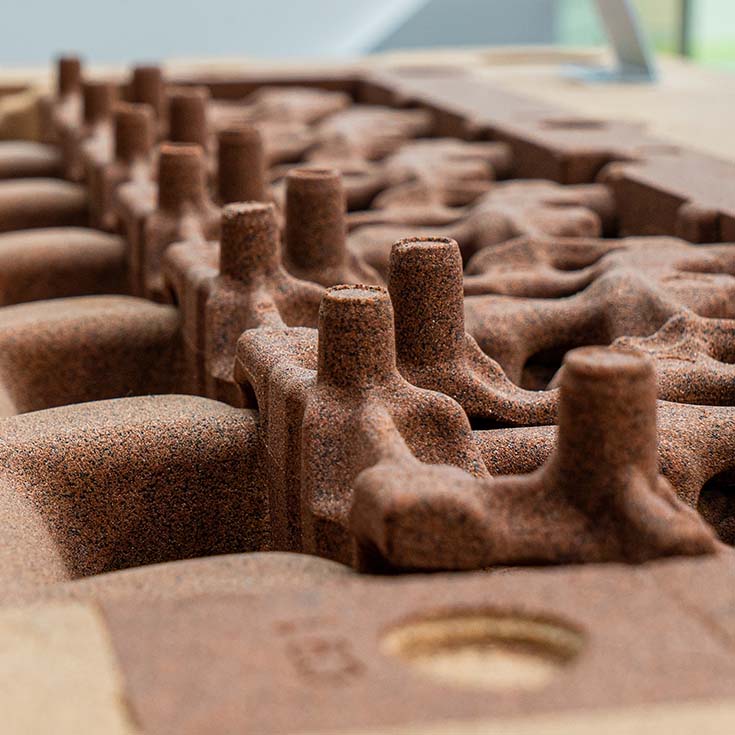Design for manufacturability (DFM), also called design for production is a 20th century phenomenon that only came about midcentury when mass production replaced artisans and craftsman. This set the stage for the field called Industrial Design which is design for mass production. Early examples of this were displayed in items such as rounded sculpted soda dispensers of the 50s.
20 years later, the first Industrial Designers were employed here in Silicon Valley California by Hewlett Packard. The first actual Industrial Design Consultant in Silicon Valley was three guys who started at HP designing early Test Instruments and left HP to start their firm GVO (Dale Gruye, Nolan Vogt, and Opperman). I was hired a few years later at that firm and then in 1983 StudioRed was born out of my successes in product design here in Silicon Valley.
Design for manufacturability is a critical component of an Industrial Designers and Mechanical Engineers job. They should create a product that performs as expected, is compelling to use and own and optimizes the manufacturing methods necessary to produce the product. What does this mean? Basically it means that we should choose manufacturing methods that are appropriate for the production quantities expected for the new product and design or engineer the parts specifically for those processes. If the sales will be hundreds of thousands annually, the manufacturing methods are naturally the lowest cost methods for those quantities which as an example, could be high volume injection molding. If only hundreds will be produced, other methods would be more appropriate such as sheet metal or die casting.
Now 40 years later, design for production has become a critical role in the development process. Today we call it Design for Manufacture or DFM. Design for Manufacture is a critical part of product development. This activity is necessary to move the product concept from early prototypes into production. Effectively, this requires us to include the manufacturers input in the development process to guide design solutions that support their unique production methods and optimize the manufacturing process for the lowest cost.

As product development consultants, we are obligated to provide the most efficient and lowest cost development services. The main impact to cost, is the time it takes to do everything needed in R&D. This suggests that anytime we can save time, we save money. If we complete the design and then submit to manufacturers we often learn that if we did certain things differently we can save cost in manufacturing. Once, when designing a set top box for a national cable company, we were reviewing the design with the manufacturer in CAD (computer aided design) and they said, if we turned the Printed Circuit Board (PCB) upside down, they could perform “in-process testing”. This is testing that can be done on the manufacturing line without moving it to a test fixture. They could probe the board from the bottom side, real time. This request meant nothing to us in terms of product performance but significantly reduced testing costs and ultimately the overall price. We asked for this input after the design was complete and it took us about 30 hours to re-layout the CAD to turn the PCB over and re-position all the connectors pin 1 locations. This could have been significantly higher if we’d finished, prototyped and tested before learning of this board flipping benefit, since we might have had to re-do much of that work if we’d waited too long.

Design for Production can take many forms. In some instances it’s mainly being honest to the process drivers. Injection molding, or any molding for that matter, requires the sides to be angled with draft to allow it to slip out of the mold. There are many other examples of good use of how molds produce various details. If the unit has openings on the side, it requires other methods of mold design such as the use of slides, shutoffs, or angled lifters, while more advanced molding techniques such as rubber over molded grips require multiple molds and features to connect the two molded materials to integrate mechanically.

Metal products also have lots of variable methods to optimize Design for manufacturability or production. Consider a sheet metal assembly where we intended to connect two sheet metal parts together to create a part similar to a “T”. We could screw them together, spot weld them, rivet them etc. We asked a major computer manufacturer in China how they preferred to attach them. They suggested a “toggle lock”. This apparently was lower cost than any of the others occurring directly in the stamping of the part. No new process or machine and cost us nothing more than a special symbol callout on the part drawing page. Again, it was almost free to change when we asked, but would have required new files and parts drawings and maybe new prototype and testing if we learned about it later, after the prototype.
Design for manufacturability is a critical part of today’s development process. It has proven to be a necessary tool in addressing a products pricing pressure. Even if you are able to produce your product below your thresholds and maintain your margins, in the future, things may cause you to need to reduce your price and having greater margins give you the freedom to respond to market pressure without the typical pain associated with it.
About the author: Philip Bourgeois is the founder and president of StudioRed, a product development consulting company in Silicon Valley with Brand Positioning, UX/UI and Industrial Design, Mechanical, Optical and Structural Engineering and Prototyping in-house with one team. StudioRed has been doing product developemtn since 1983. This experience in design and engineering for production is reflected in over 3500 programs to date.
Click here to see the DesignRush list of the top package design companies!


